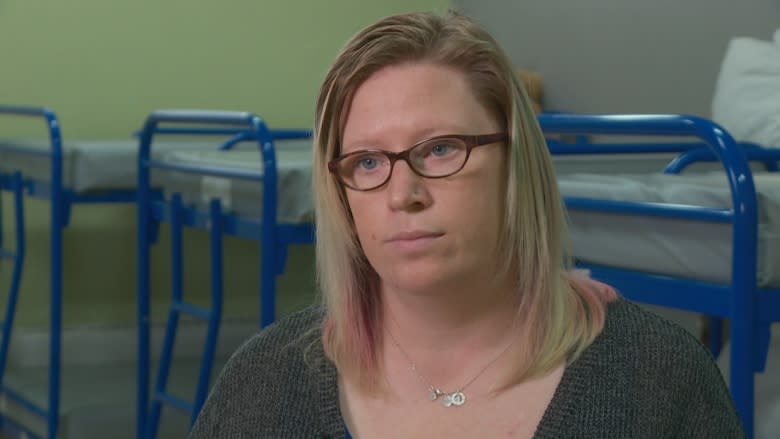Alberta sees spike in youth reporting meth use, seeking help
The number of young people seeking treatment for meth addictions in Alberta has nearly doubled since 2012, according to statistics from Alberta Health Services.
In the first eight months of 2017, 690 Albertans under 18 said they had used the drug in the past five years, compared to 373 between 2012 and 2013.
Last year, 714 youth reported using meth within the previous five years.
Alberta Health Services collected the data from people seeking addiction or mental health support though provincial clinics and programs.
"It is very important help is available to youth who struggle with a substance-use issue," AHS spokesperson Kerry Williamson wrote in an email to CBC News.
"Alberta Health Services has seen an increase in crystal meth use among young Albertans and continues to provide a variety of treatment and support for youth dependent on their needs."
Young people struggling with addiction can turn to Alberta Health for assessments, counselling, detoxification, day and residential treatment, as well as aftercare.
'The new kids' marijuana'
Youth worker Jessica Day said the numbers are alarming though not surprising. She has witnessed meth addiction sweep the overnight youth shelter at YESS Edmonton, where she works as the program manager.
"Meth is one of the biggest drugs that we do deal with here in our population of homeless youth. It's what we like to call the new kids' marijuana," Day said.
"It feels safe for them to use because everyone's using it so it doesn't quite feel like a hardcore drug, even though it is."
Natasha tried her first hit of meth at the YESS shelter where Day works, after another resident offered her the drug. The 20-year-old asked not to share her last name.
"It just gave me energy that I've never had," Natasha said. "I'm a little bit overweight, as well, and it made me feel good when I looked in the mirror. It just took all the stresses away from me."
Within days, Natasha went back for more.
She didn't think of the drug as a problem at first, Natasha said. The high helped her cope with depression and self-harm.
When her friend's stash ran out, Natasha said she started buying and snorting meth alone.
"I wanted to be discreet about it though," she said. "I didn't want anyone to know I had an addiction and I kept on lying to myself, too."
Six months later, Natasha said she was racked with paranoia, convinced someone was following her. She craved the drug constantly. She stopped eating and grew distant from her friends.
"I reached out for help," she said. "I just felt like a whole different person."
With support from staff at the shelter, Natasha said she fought for months through cravings and relapses.
"The withdrawals were so hard but I kept on telling myself that I wanted to become a better person," she said.
For the past two months, Natasha has been clean. Last week, she started classes at NorQuest College and she plans to become a social worker.
"My life's been in a better place but now I see other people using," she said. "Seeing that's really hard.
"That could have been me struggling as hard as them."
'Real, raw data is a rare gem'
When Day checks on the shelter at night, she finds teens and young adults sucking their thumbs, clutching teddy bears or crying quietly.
"They're just kids," Day said. "Kids are not equipped to handle the level of trauma that they're facing.
"It's easy when you're in a group of youth in the shelter or in the community who are also dealing with the same thing and they have a quick, easy way for them to get through those emotions."
She hopes the numbers from AHS move the province to dedicate more funding to youth addiction resources, Day said.
"To get real, raw data is a rare gem," she said.
"For these numbers to come out just tells their story in a way that's going to bring funding, education, programming."


